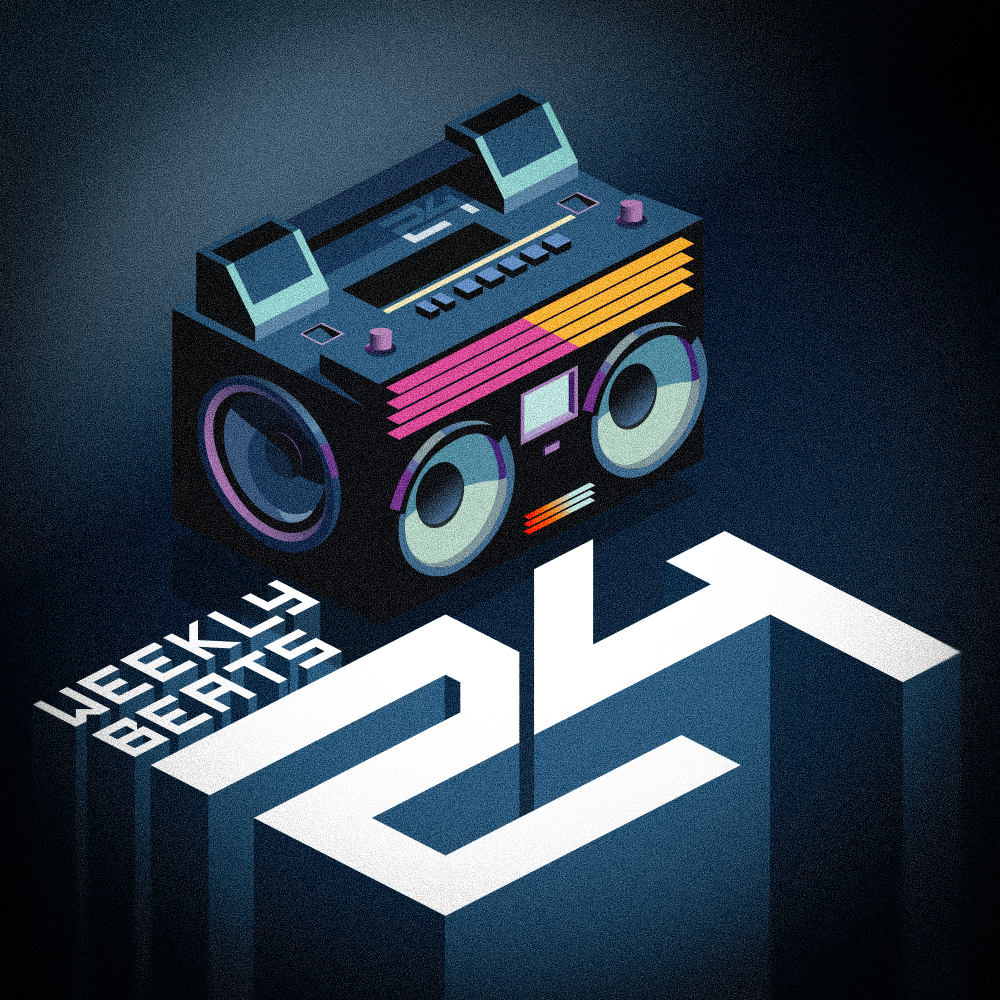vinpous wrote:Just a minor addendum to some of the above posts: there is a BIG difference between 6/8 and 3/4. 3/4 has 3x evenly spaced crotchet beats (and is thus a TRIPLE metre), 6/8 has TWO evenly spaced DOTTED CROTCHET beats, making it a DUPLE metre.
You count them like this (the capitals are the emphasis or "down" beat):
3/4 | ONE two three | ONE two three | ONE two three | ...
6/8 | ONE two three FOUR five six | ONE two three FOUR five six | ...
So from that perspective, 3/4 is actually more closely related to 9/8 than to 6/8, because 9/8 has THREE groups of (three) quavers per bar.
9/8 | ONE two three FOUR five six SEVEN eight nine | ONE two three FOUR five six SEVEN eight nine | ...
That's just a technicality. Imagine splitting the bar in half and pretend it's 3/8, then double the note length and half the tempo, you get 3/4. There might be some arcane reason why things don't work that way, but in practice things tend to fall into place either way. One example of which would be a waltz, where every other bar is tapped differently, but still in 3/4.
No it's not.
3/8 has ONE impulse (it's the same as 1/4 time with a triplet instead of a duplet), 6/8 has TWO impulses (the same as 2/4 with triplets instead of duplets), 9/8 has THREE, 12/8 has FOUR, etc.
1/4 has ONE impulse, 2/4 has TWO impulses, 3/4 has THREE impulses, and so on.
The technicality is that you can subvert those all you want, but that doesn't make a single bar of 6/8 the same as two bars of 3/8 or 3/4.
